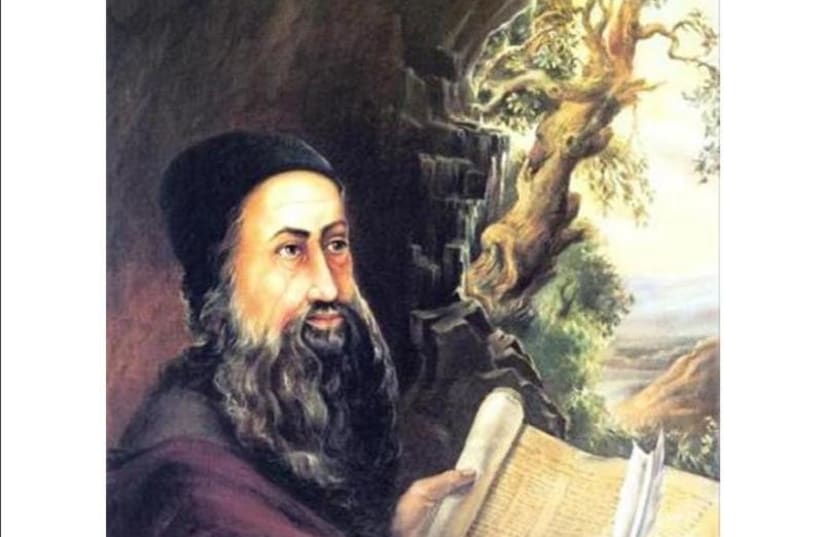As Israel appeared to be bouncing back from the coronavirus pandemic, political leaders were reluctant to impose a cap on the number of people – mostly haredim – flocking to Meron for the holiday. Before Lag Ba’omer, haredi politicians persuaded Health Ministry officials not to restrict the number of attendees, while police made clear that they would not be able to enforce coronavirus restrictions at the site.
The state comptroller, police commanders and local leaders had warned in the past that Meron could not accommodate too many celebrants and was a disaster waiting to happen. The pilgrims had made their way in buses from all over Israel to the site on April 29, and that night, they gathered around Rashbi’s tomb, singing, dancing and praying around festive bonfires.
For many, Lag Ba’omer – the 33rd day of counting the 49 days between Passover and Shavuot – is a mystical occasion. They believe that worshipers who pray at the grave of Rashbi, the second-century sage and disciple of Rabbi Akiva considered to be the father of Kabbalism, will have their prayers answered.
The holiday is marked by the hillula (celebration) of Rashbi’s revelation in the form of the Zohar (Splendor), his classic book of Jewish mysticism. According to tradition, Lag Ba’omer was also the day on which the plague that killed Rabbi Akiva’s 24,000 disciples ended, thereby representing the conclusion of the mourning period during the counting of the Omer.
It is customary to observe the period of mourning for those who died by refraining from pleasures such as music, cutting hair and celebrating weddings until Lag Ba’omer is over. The holiday is meant to represent the move from sorrow to joy. That’s why the Meron disaster is so ironically tragic.
When masses of revelers exited en masse through the narrow walkway and down the steps from the mountain after midnight, a deadly stampede ensued, crushing 45 people to death and injuring 150.
The good side of Israel surfaced immediately after the tragedy. Emergency teams rushed to help, Israelis donated blood for the injured, Muslim communities near Meron fasting for Ramadan offered kosher refreshments to pilgrims on their way home, and thousands mourned at the funerals of the victims – who included six Americans, two Canadians and two young men from Britain and Argentina.
It did not take long, though, for the blame game to begin, with finger-pointing between politicians and police, and increasing calls for a state commission of inquiry.
Northern police commander Shimon Lavi, who oversaw the security arrangements, accepted responsibility for the disaster at an emotional news conference, but did not resign. “I bear overall responsibility, for better or worse, and am ready for any investigation,” he said, his voice shaking. Public Security Minister Amir Ohana issued a bizarre statement saying, “I am responsible... but responsibility does not mean blame.”
Yet, as The Jerusalem Post’s Herb Keinon succinctly pointed out, despite Israelis’ oft-repeated refrain that everything will be okay, “heartbreakingly, everything wasn’t all right. And now a war needs to be waged against this ‘Take my word for it, everything will be fine’ mentality.”
While I watched the painful funerals of the victims and read the heartfelt letters of condolences pouring in from world leaders, I was particularly moved by a poem penned by Jerusalem Rabbi Lior Engelman, which I translated from the Hebrew:
Who’s to blame?
As smoke rises from the mount in mourning
And a crushed youth struggles to breathe
And a boy bleeds – with no identity or name
Don’t ask: Who’s to blame? Who’s to blame?
This is the time to be
silent, in God’s name.
